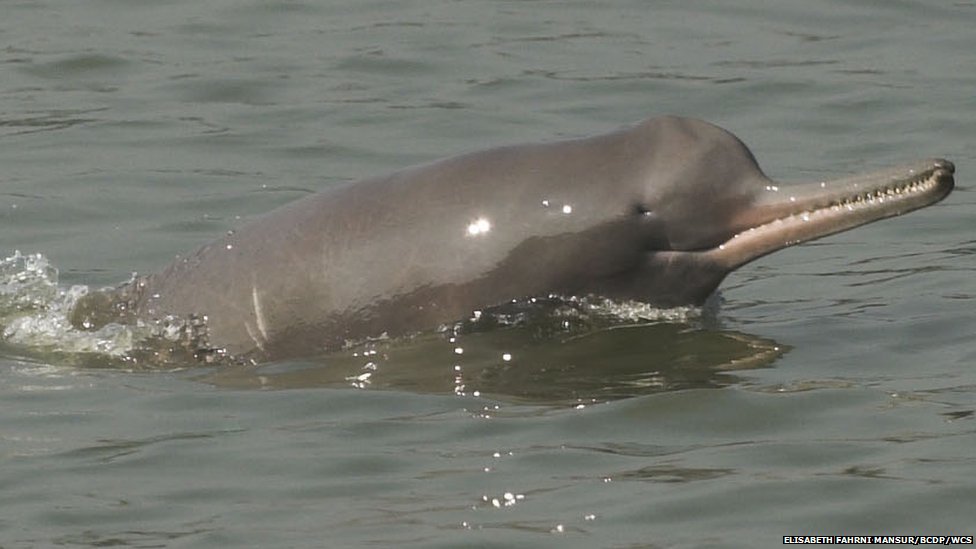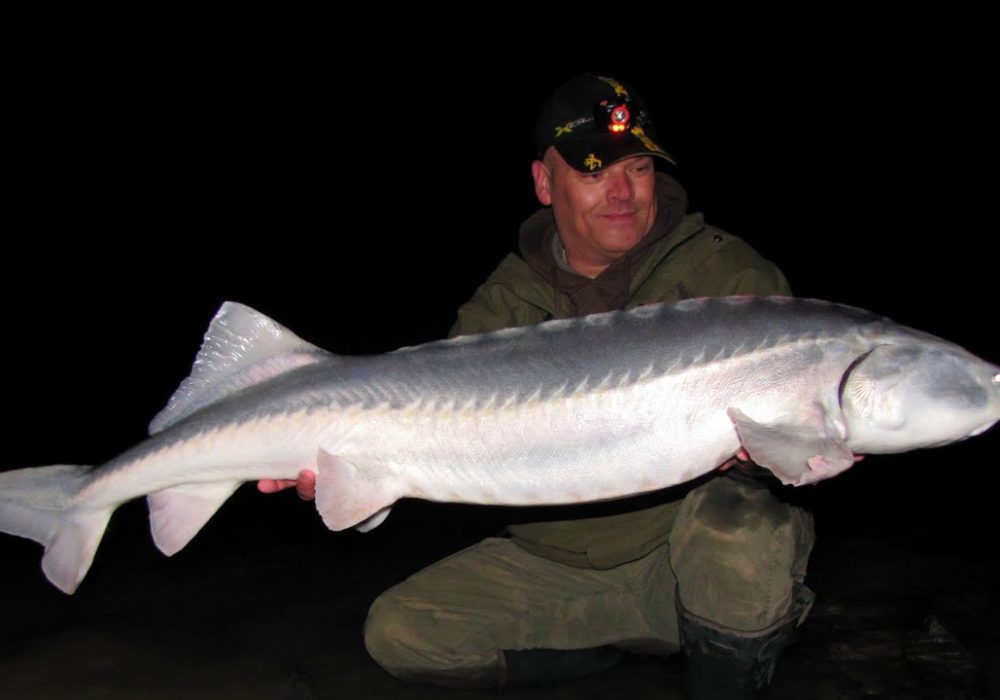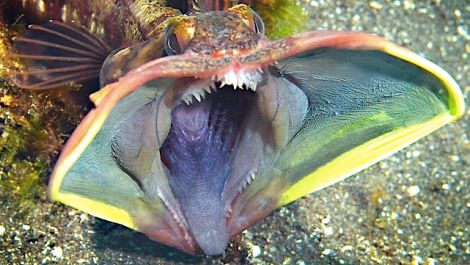
Ganges River Dolphin
The Ganges River Dolphin is a bit of an oddball in the Dolphin species, commonly found in rivers around India, Nepal, and Bangladesh. Also in the Indian ocean and oceans surrounding these countries. What makes this dolphin different from other dolphins is that it’s known as the “blind dolphin”. This is because its eyes are for locating itself, don’t really need its eyes in the areas they live in. Instead they use the big fins they have to trail the bottom of the floor to find food. Growing from sizes of 2.12 to 2.67 meters, and live for around 10ish years.
Currently the Ganges River Dolphin is labeled as ‘Threatened’ on the IUCN red list. For those who don’t know the ICUN (Red List of Threatened Species) is a company that has been given the task of keeping track of the global conservation status of various species. These dolphins are commonly being accidentally caught by fishers and are illegally caught by fishermen and harvested for dolphin oil. Pollution is also another reason for habit loss and forces these dolphins to move out to the oceans to try to survive. This leads to the downfall of the species, because dolphins have to surface for air and there eyes don’t work very well so its hard for them to dive to the ocean floor then rise back for air. Over-fishing is another factor, over-fishing takes food away from the dolphins causing them to migrate further away for food.
Sources:
- https://wwf.panda.org/knowledge_hub/endangered_species/cetaceans/about/river_dolphins/ganges_river_dolphin/
- http://news.bbcimg.co.uk/media/images/64261000/jpg/_64261698_gangesriverdolphin-2.jpg








